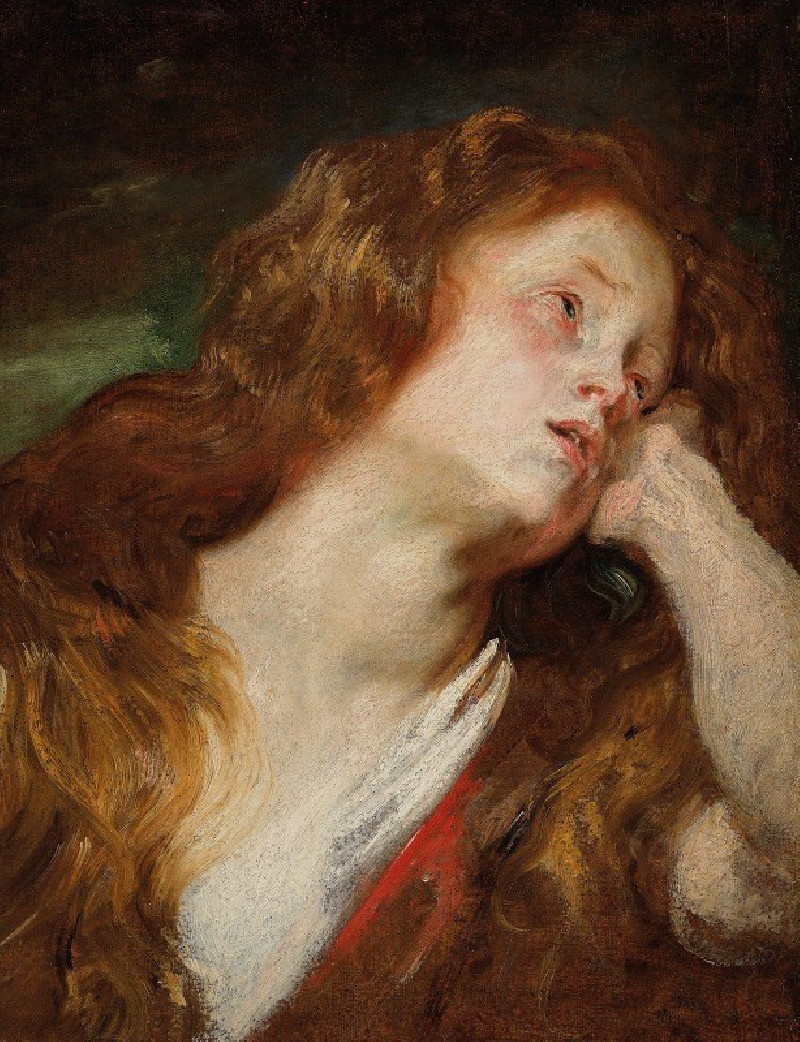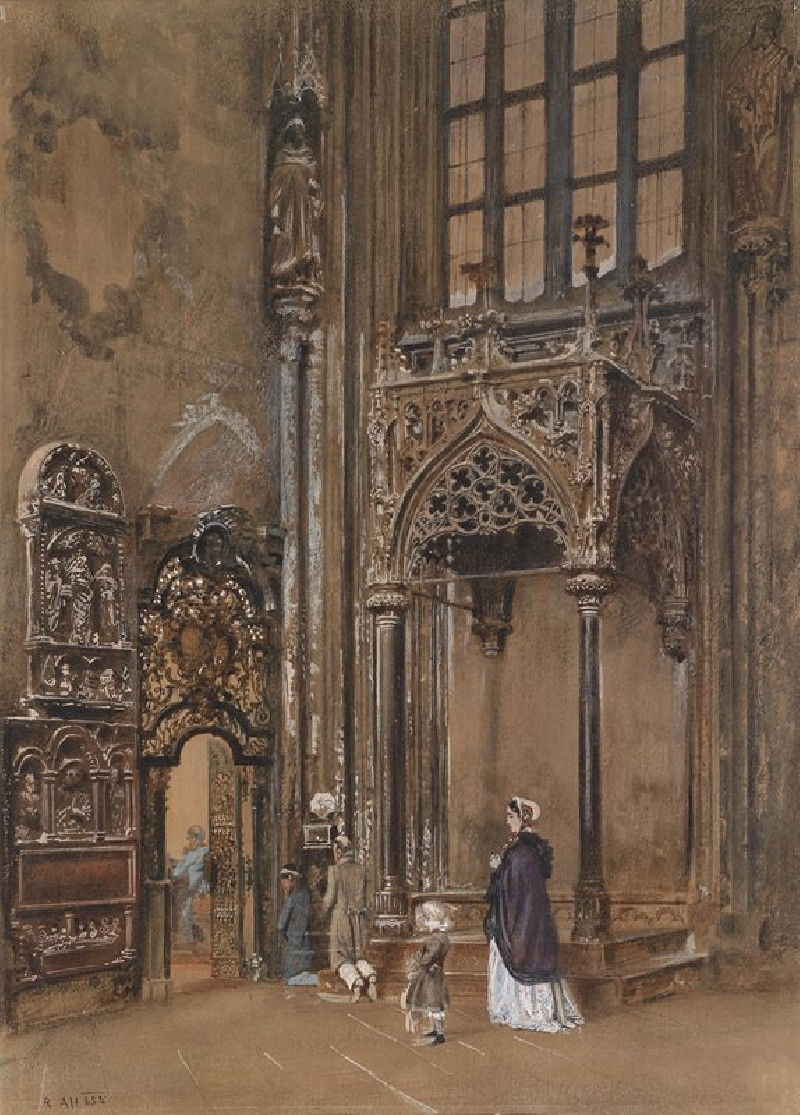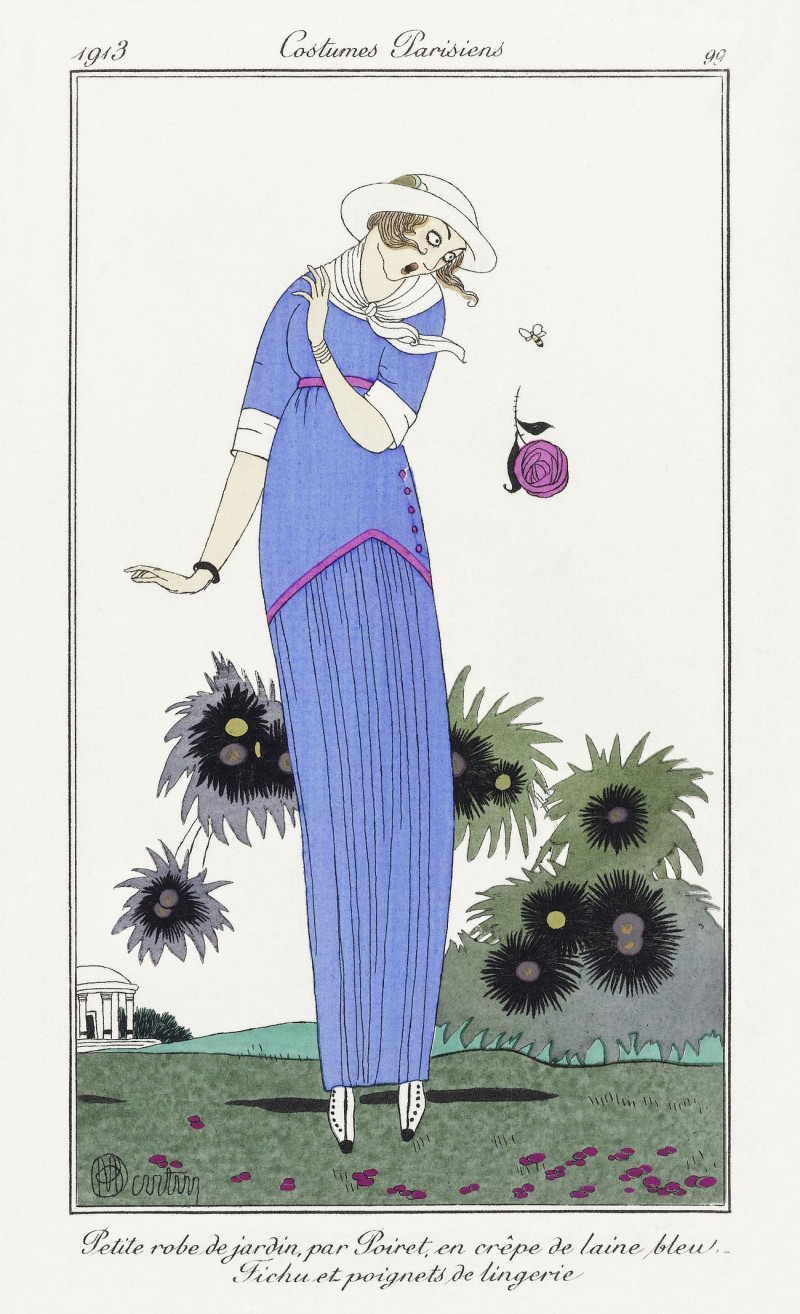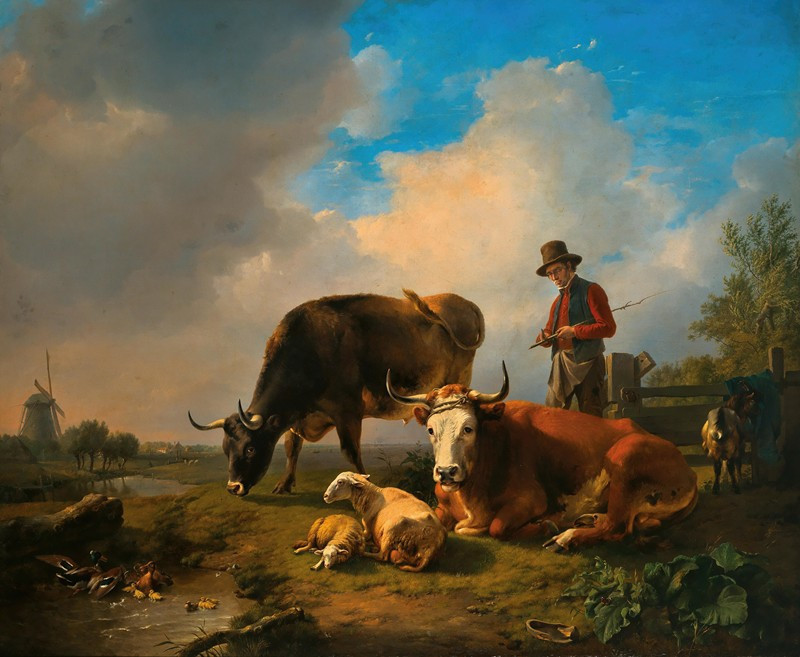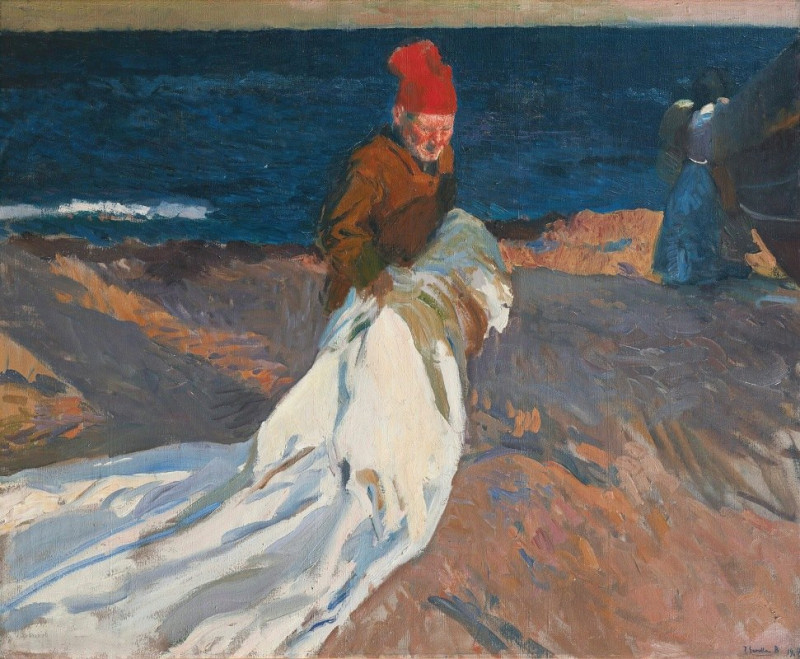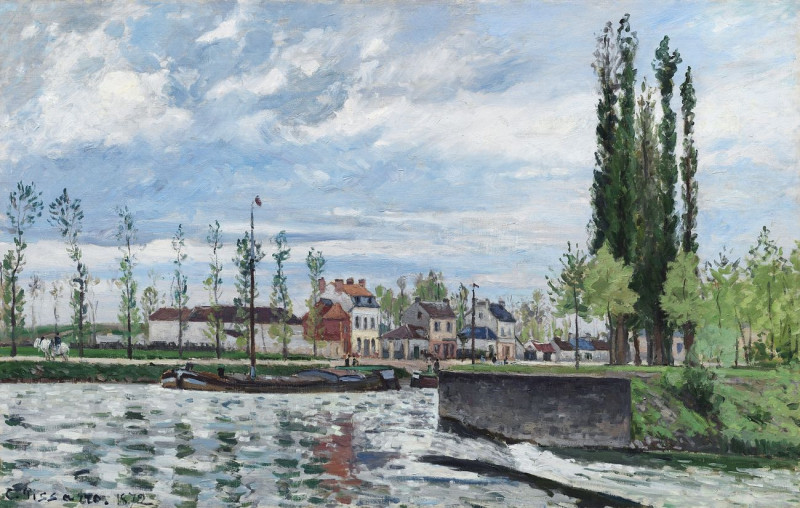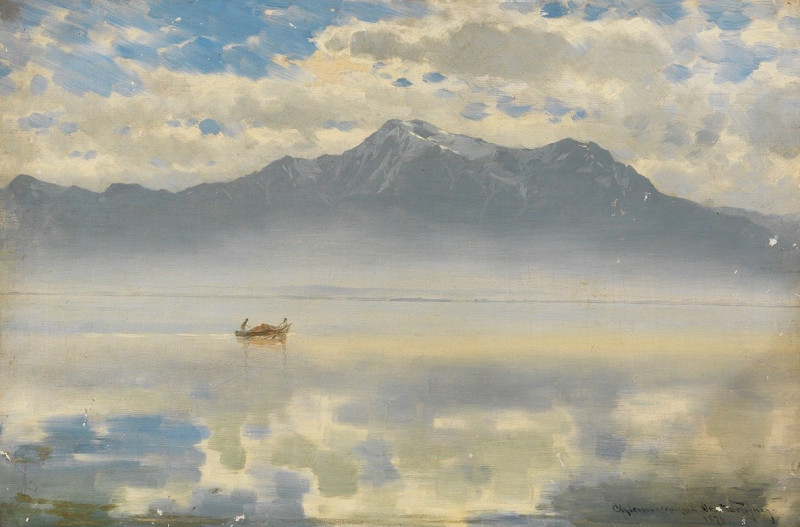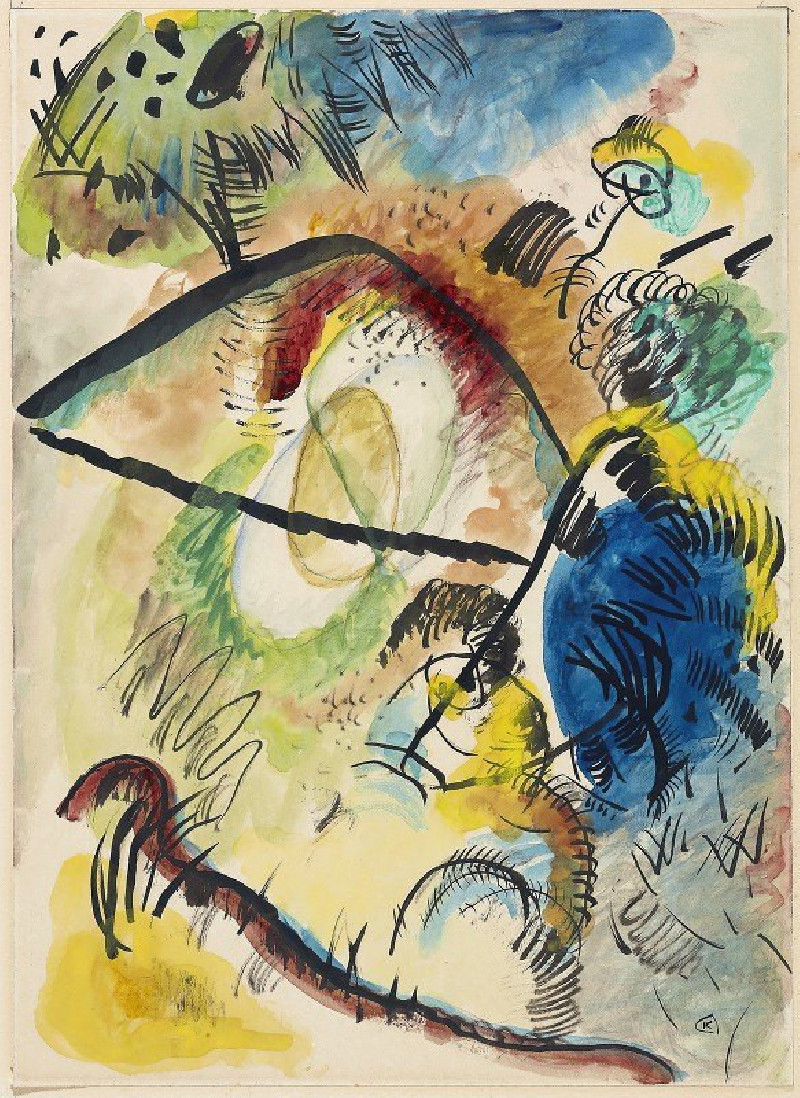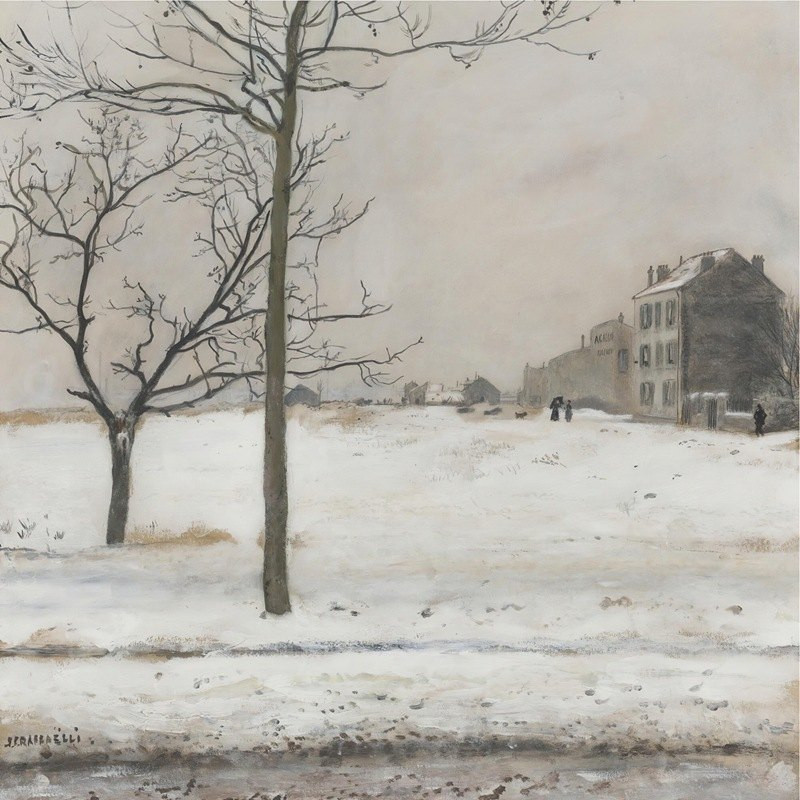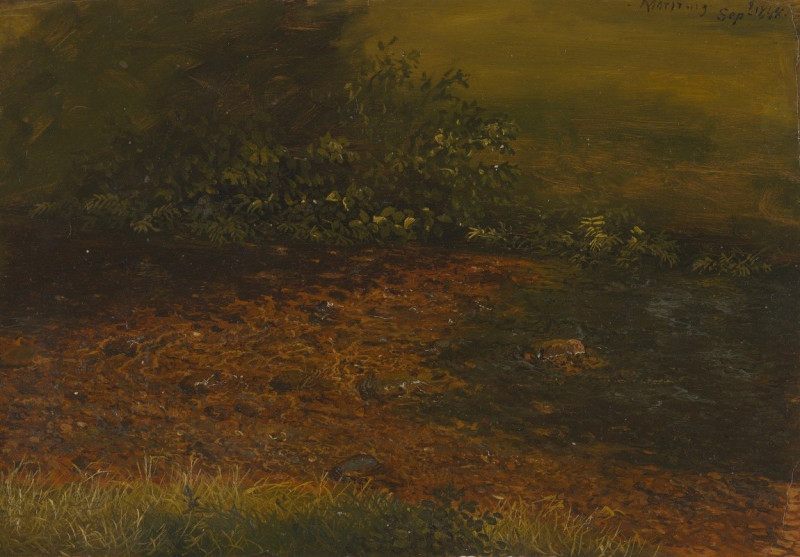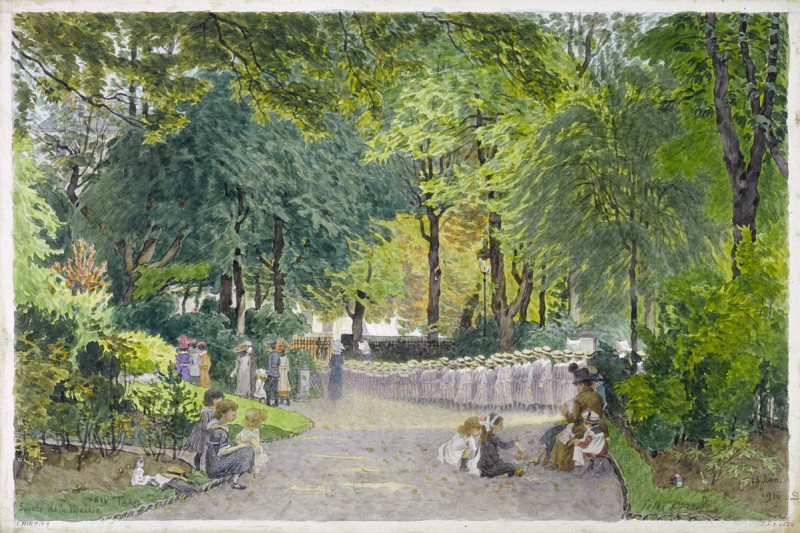A young woman resting her head, probably the Penitent Magdalene
Technique: Giclée quality print
Recommended by our customers
More about this artwork
Anthony van Dyck, a prominent figure of the Baroque era, graced the art world with his masterful portrayal of emotion and character. One remarkable example of his adept skill is seen in the painting titled "A Young Woman Resting Her Head, Probably the Penitent Magdalene". This work encapsulates a visceral display of introspection and spiritual contemplation.The painting features a young woman with auburn hair, her gaze tilted upward, encapsulating a moment of profound inward reflection. The soft diffusion of light captures the delicate features of her face, emphasizing her furrowed brow and slightly parted lips, which suggests a deep emotional or spiritual struggle. Her head rests gently on her hand, adding to the sense of melancholy and contemplation.The choice of colors enhances the emotional intensity of the piece. The warm earth tones of her hair and the subtle interplay of shadow and light on her skin are juxtaposed with a hint of red in her garment, symbolizing passion or suffering. The dark background isolates her figure, focusing all attention on her expression and the emotions it conveys.Van Dyck's ability to portray human emotion with such realism invites viewers to pause and engage with the deeper story behind the face. This painting is not simply a portrait; it is a window into the soul of its subject, likely reflecting the complex narrative of Mary Magdalene, a figure often depicted in art as a symbol of repentance and renewed innocence.
Delivery
Returns
Sir Anthony van Dyck (1599 – 1641) was a Flemish Baroque artist who became the leading court painter in England after success in the Spanish Netherlands and Italy.
The seventh child of Frans van Dyck, a wealthy Antwerp silk merchant, Anthony painted from an early age. He was successful as an independent painter in his late teens, and became a master in the Antwerp guild in 1618. By this time he was working in the studio of the leading northern painter of the day, Peter Paul Rubens, who became a major influence on his work.

